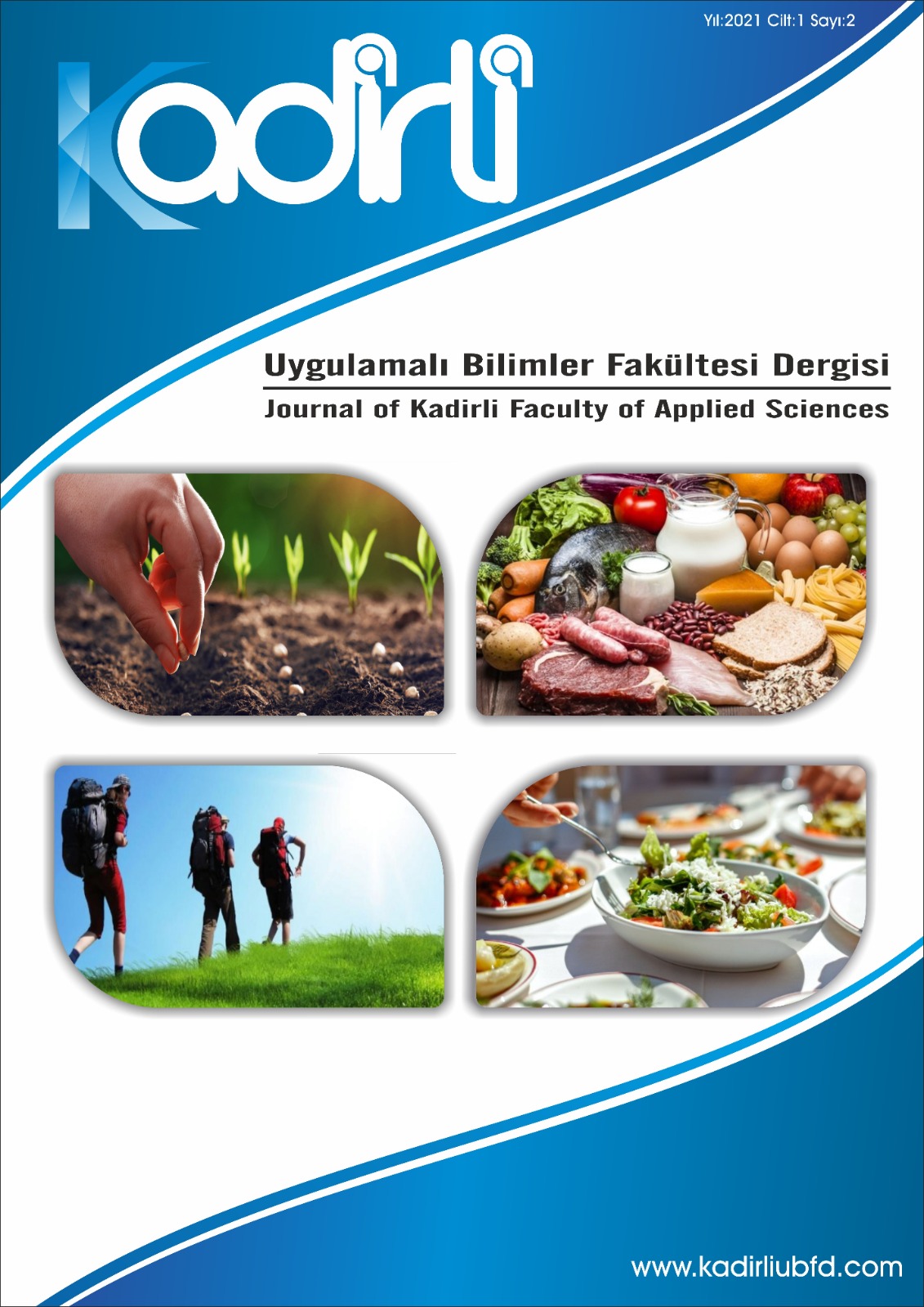Effect of Drone Larvae on Health
Keywords:
Apilarnil, Apitherapy, Drone larvae-brood , HealthAbstract
The use of natural products is increasing to prevent or reduce the health problems. Especially the effectiveness of honey bee products is revealed as a result of different approaches and studies. In addition to traditional honey bee products such as honey and pollen, new generation bee products have recently come to the fore with their healing and supportive effects. One of the most remarkable of these products is drone larvae-brood or apilarnil with its known name. The content of drone larvae; has nutritive properties that contain proteins, fatty acids, carbohydrates, lipids, vitamins (A, B, E, and D), and minerals. It also contains sex hormones (testosterone, progesterone, and estradiol) and two fatty acid esters called methyl palmitate and methyl oleate, which have possible androgenic effects. Due to these specific properties, it is widely used in traditional medicine and as supplementary food. Research on the physiological effects of drone larvae is remarkable and limited in number, the most well-known and researched feature is its androgenic effect. But besides this feature; Its hepatoprotective, antioxidant, anti-inflammatory, and nutritional properties have also been demonstrated by research. In order to understand the mechanism of action of this new generation bee product and to ensure clinical use, detailed experimental studies should be increased and necessary legal standards should be established both in the production and content of drone larvae.
Downloads
Published
How to Cite
Issue
Section
License
Copyright (c) 2021 Kadirli Uygulamalı Bilimler Fakültesi Dergisi

This work is licensed under a Creative Commons Attribution-NonCommercial-ShareAlike 4.0 International License.





